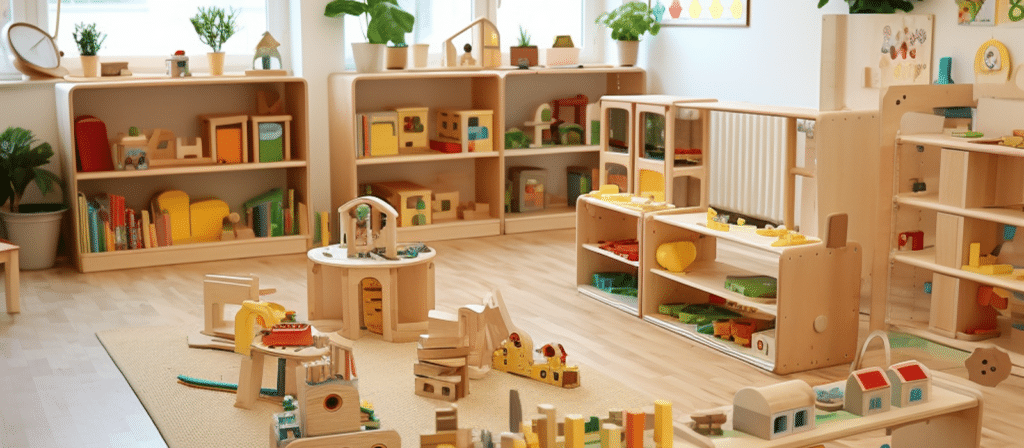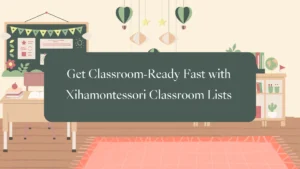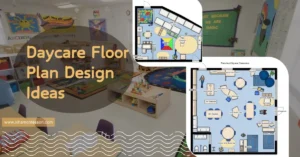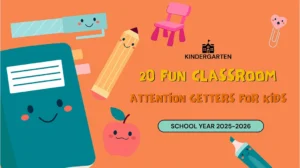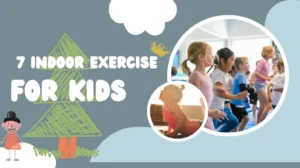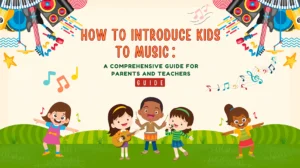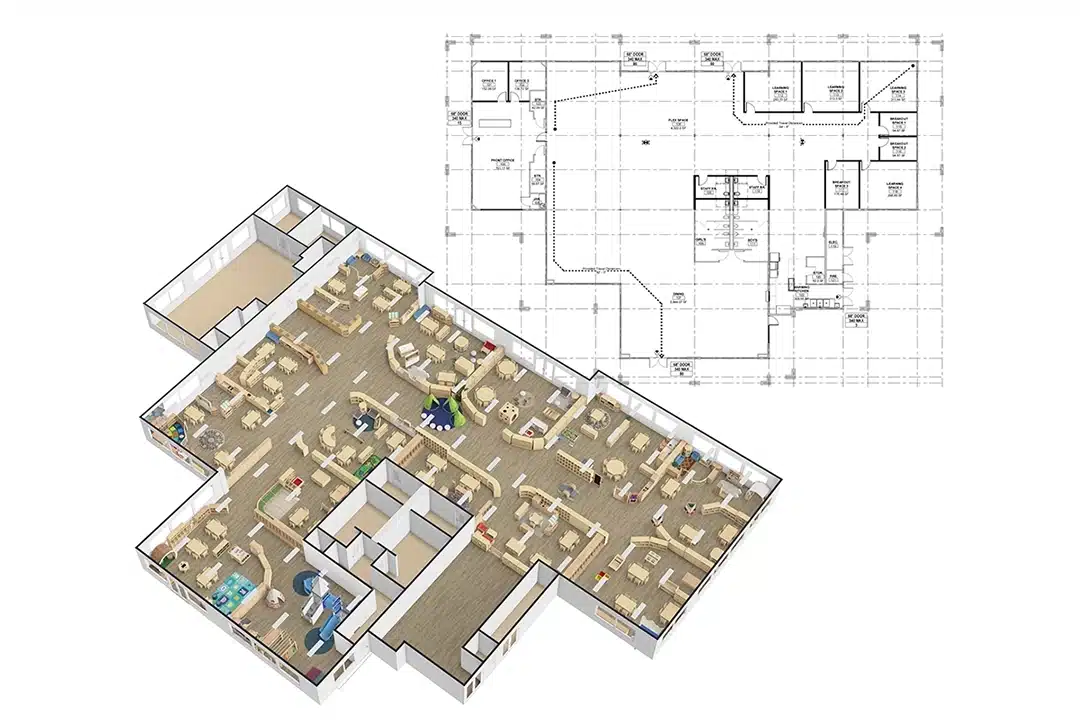Are you ready to transform your child’s learning space into a dynamic environment that caters to their unique learning styles? Join us on a journey to explore innovative furniture adaptations that can make a world of difference in how children with diverse learning styles engage with their surroundings.
Furniture Adaptations for Children with Diverse Learning Styles are essential to create an inclusive and supportive learning environment. These adaptations ensure that all children, regardless of their learning preferences, can thrive and reach their full potential.
Why are furniture adaptations important for children with diverse learning styles?
Children with diverse learning styles may have different needs when it comes to their learning environment. Traditional classroom furniture, designed with a one-size-fits-all approach, may not be suitable for all students. By adapting furniture to accommodate different learning styles, we can create a more inclusive and comfortable space for all children to thrive.
One key aspect to consider is seating options. Some children may benefit from sitting on a stability ball, which allows for movement and helps to improve focus. Others may prefer a rocking chair, which provides a gentle, soothing motion that aids in concentration. By offering a variety of seating options, we can cater to different sensory needs and promote better engagement and learning.

How can we adapt furniture to support different learning styles?
- Flexible Desks: Traditional desks can be rigid and restrictive. By introducing adjustable-height desks, children can have the freedom to sit or stand, depending on their preference and comfort. This promotes better posture and allows for movement, which can enhance focus and concentration.
- Sensory Integration Furniture: Some children may have sensory processing difficulties and benefit from furniture that provides sensory input. Incorporating elements such as textured surfaces or fidget-friendly components into desks and chairs can help these children stay engaged and regulate their sensory needs.
- Collaborative Seating Arrangements: Group work and collaboration are essential components of many learning activities. By incorporating furniture that encourages teamwork, such as modular seating arrangements or tables with built-in whiteboards, we can create spaces that promote interaction and foster a sense of community among students.
How can furniture adaptations enhance learning for children with diverse learning styles?
- Increased Engagement: When children are comfortable and have furniture that caters to their individual needs, they are more likely to be engaged and actively participate in lessons. Adapted furniture can make learning more enjoyable and accessible for children with diverse learning styles, leading to improved academic performance.
- Improved Focus: Certain adaptations, such as stability balls or rocking chairs, can provide sensory input and help children with attention difficulties better regulate their bodies. This, in turn, can enhance their ability to focus and concentrate on tasks.
- Empowerment and Independence: Adapting furniture to suit different learning styles empowers children to take ownership of their learning environment. They can make choices that support their individual needs, fostering a sense of independence and self-advocacy.
By investing in furniture adaptations for children with diverse learning styles, we are investing in their education and overall well-being. As a society, we should strive to create inclusive learning spaces that celebrate and accommodate the unique strengths and needs of all children.

How can adaptable furniture benefit visual learners?
Visual learners thrive in an environment that provides visual stimuli and encourages creativity. Adaptable furniture, such as adjustable desks and chairs, allows visual learners to customize their workspace according to their preferences. They can adjust the height of their desk or chair to achieve optimal comfort and eye-level alignment with their materials. This helps in reducing eye strain and promoting better focus, ultimately enhancing their learning experience.
What about auditory learners?
Auditory learners absorb information best through listening and speaking. For these learners, furniture adaptations can include sound-absorbing materials or acoustic panels in the classroom. This helps to minimize background noise and create a quieter learning environment, allowing auditory learners to concentrate on the lesson at hand. In addition, providing comfortable seating options, such as bean bags or cushions, can create a cozy space where auditory learners can engage in group discussions or listening activities.
How can adaptable furniture cater to kinesthetic learners?
Kinesthetic learners thrive in a hands-on learning environment that encourages movement and physical engagement. Adaptable furniture for kinesthetic learners can include standing desks or wobble stools, which allow them to fidget and move while maintaining focus. These dynamic seating options promote better circulation and help kinesthetic learners channel their excess energy, leading to improved concentration and learning outcomes.
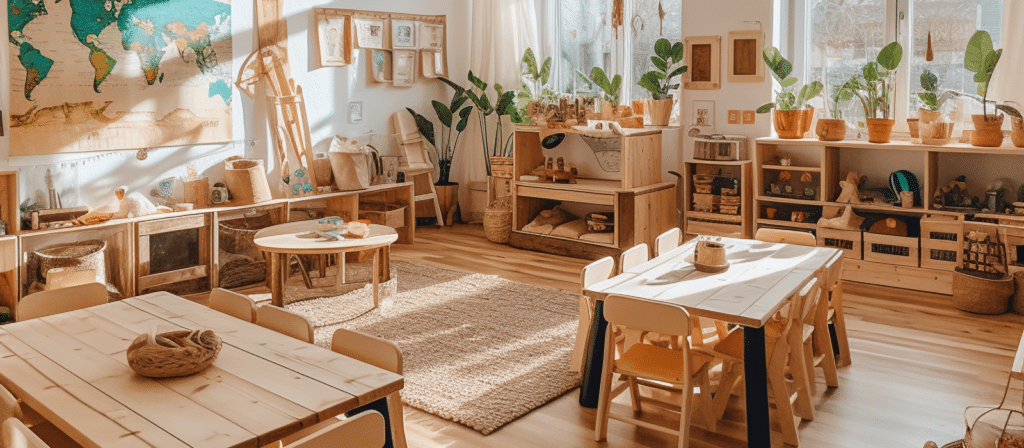
What about tactile learners?
Tactile learners learn best through touch and physical manipulation of objects. Adaptable furniture for tactile learners can include desks with textured surfaces or sensory cushions that provide different tactile experiences. By incorporating these elements into their learning environment, we can create a space that caters to their needs and promotes hands-on learning.
Conclusion
Incorporating Furniture Adaptations for Children with Diverse Learning Styles is a powerful way to embrace the unique strengths and preferences of each child. Flexible seating, multi-functional workstations, organized learning zones, and sensory-friendly designs all contribute to an inclusive environment where every child can thrive. By tailoring the learning space to cater to diverse learning styles, you empower your child to explore, discover, and learn in a way that best suits them, ultimately fostering a love for learning that will last a lifetime.

